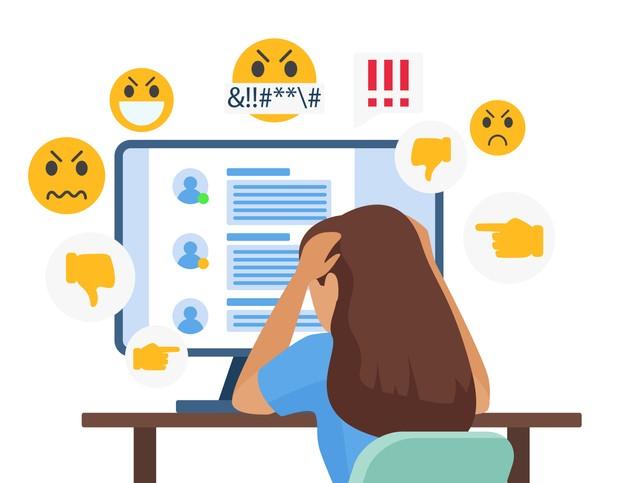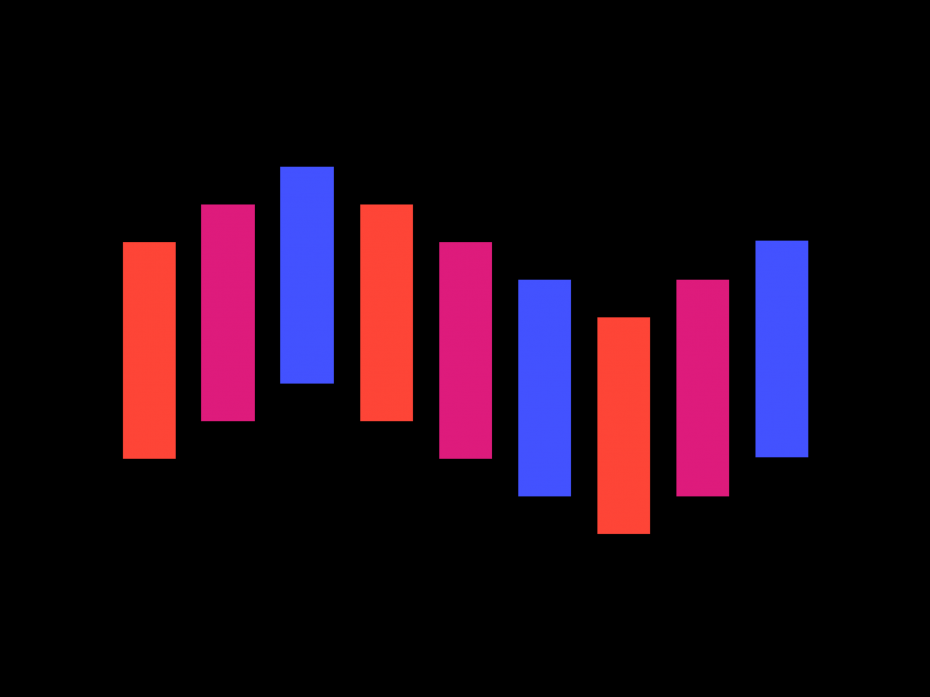The sustained attention required for university scholarship might seem fundamentally at odds with quick consumption video platforms such as TikTok, but there are valuable lessons to be acquired from the social media practices of educators on the site. I’ve spent the past three years on TikTok thinking about its instructional potential, and I’ve come to some counterintuitive conclusions about the ways that content on the platform actually encourages its users to slow down.
This year TikTok extended its maximum length for videos to a whopping 10 minutes, but most academics still seem to be working with the previous three-minute constraint that was established in 2021. Despite these more generous limits, lots of TikTok content still clocks in at an even earlier 15-second mark.
- Social media: how to make it an academic friend not foe
- Students aren’t giving up social media, so teach them how to question it
- Fake news, educated views and how-tos: social media for teaching and research
This short period of concentration isn’t as bad as it sounds. In fact, the attention spans of art lovers in museums are about as short as those of TikTok users. Researchers at the Louvre found that the Mona Lisa was viewed for an average of 15 seconds by fast-moving tourists. An article about visitors to the Metropolitan Museum of Art measured the median viewing time of objects at 17 seconds. Using TikTok’s green screen effects, art educators can appear with an image in the background and actually attract much more time to individual artworks than they’re getting in the world’s grandest museums.
Historian Amy Boyington demonstrates many useful techniques in TikTok teaching. Despite her slow delivery as a speaker, her three-minute TikTok on the Louvre’s Portrait of Gabrielle d’Estrées and Her Sister has racked up more than a million views. Granted, the portrait shows a topless 16th-century woman pinching the nipple of another topless 16th-century woman, and many of Boyington’s most popular videos cover clickbaity topics such as “How Did Women Pee in History?” Yet she also addresses serious issues about representation and visibility with a focus on the politics of gender and race.
Engagement with other content creators is often a key to TikTok success, since the platform allows people to “duet” (split screen) and “stitch” (jump cut) videos from more than one source. This works well for educators, as it allows them to present multiple points of view, so they can show debates, model good citation practices or amplify voices offering alternative perspectives.
For example, when pop culture critics mocked a Jean Paul Gaultier gown worn by Lizzo as looking like a “garbage bag”, curatorial expert Seema Rao defended Lizzo’s fashion choices by noting similarities to established artistic masterpieces. To do so, Rao duetted fashion forecaster Mandy Lee. Although Rao might get more views for commentary about celebrity fashion or portraits of political celebrities such as the Obamas, she has drawn almost 100,000 followers to her account, where they can dive deeper into the museum world and its disturbing connections to histories of colonialism and white supremacy.
It is worth noting that TikTok can allow a photo to appear magically on the presenter’s hand. This filter is often used by educators to draw attention to a close-up. Combined with the instruction “pause to read”, this allows experts to emphasise a specific scientific article, historical document, archaeological artefact or other evidence that might be crucial to the argument being outlined. Professor Casey Fiesler uses this technique to show screenshots from case studies about ethics and technology. This zoom-in-to-the-data approach can be useful for academics from many disciplines on TikTok, even if they don’t use the specific hand-picture filter from the app. For example, epidemiologist Katrine Wallace uses overlays to show relevant articles about Covid.
Another way that TikTok extends time given to academic subjects involves the common invitation to “let me know in the comments”. For example, Isabella Segalovich makes TikToks about design history that often solicit input from her audience. This signals her openness to everything from having her pronunciation corrected to adjusting her worldview about an entire genre. This active engagement with her viewers also recruits students for her online class in Art, Ornament and Politics. Of course, like any social media platform, the TikTok comments section can unfortunately become a venue for vitriol and harassment.
Obviously, creating good TikToks can take a lot of time as well by slowing down the attention one pays to each word, image, gesture and effect in a video’s sequence of ideas about a scholarly subject. In a 2016 video, media scholar Jill Walker Rettberg describes spending hours studying TikTok’s previous incarnation Musical.ly to understand its complex communication conventions. Although using the TikTok interface may be simpler than mastering the software at a university’s media production facilities, it can still take hours, days or weeks to create a video. This extends to making sure that captions are correct.
Finally, TikTok opens a window into the lives of researchers when they are not obviously at work, demonstrating that scholarly findings are often slow to produce. Watching scientists waiting for something to happen in remote places such as the sea floor, the underground particle physics facilities at Cern or the Arctic laboratories in Svalbard reminds us that the creation of knowledge requires a lot of time and patience – and that certainly seems like an important lesson to impart to our students.
Elizabeth Losh is the Duane A. and Virginia S. Dittman professor of American studies and English at William & Mary in Virginia, US, and a scholar of new media ecologies. She is the author of six books about digital culture, most recently Selfie Democracy: The New Digital Politics of Disruption and Insurrection.
If you found this interesting and want advice and insight from academics and university staff delivered direct to your inbox each week, sign up for the THE Campus newsletter.
Do you work in US higher education? Join us in Los Angeles at THE Campus Live US on 9-10 November where we will unite academics and senior administrators from institutions across the country to discuss how to take on the sector’s shared challenges. Register to join




comment